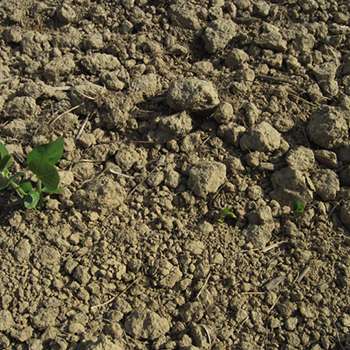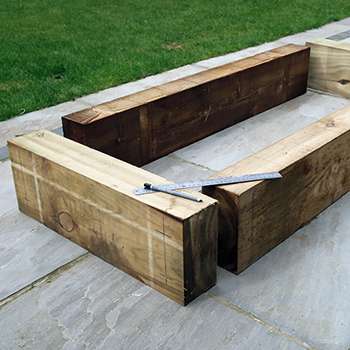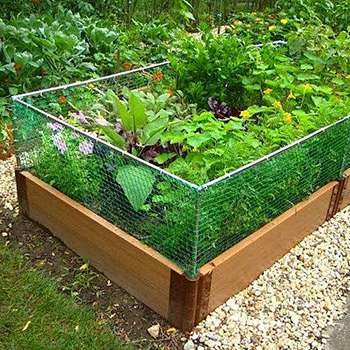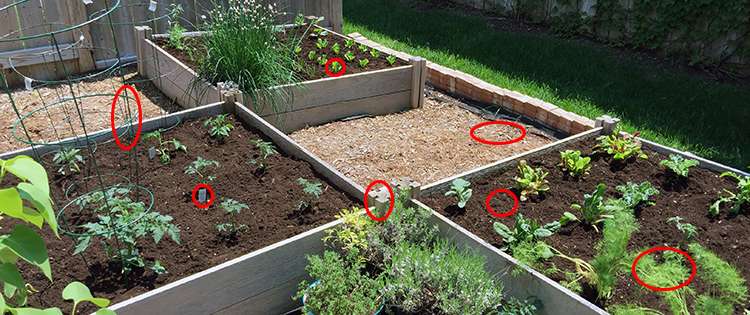Gone are the days where gardeners had to grow everything within the ground. Today, there are various exciting gardening methods, including raised beds, containers, vertical gardens, and so much more!
When it comes to beginners, raised beds are the popular gardening method. Also, raised gardens can be grown in a limited space and are the perfect way to make your yard look beautiful.
Not to mention, raised beds to offer several benefits, including less weeding, unique aesthetics, and better harvests. In fact, raised beds ensure better soil structure and drainage as compared to ground-level gardens. It makes your garden immune to soil erosion and drought-proof. Here I take a closer look at some of the most common raised bed mistakes every beginner and expert should avoid:
Picking The Wrong Spot
Make sure you choose the perfect location in the garden for the raised bed. Keep in mind that just because a garden bed looks good in a specific location doesn’t mean that it’s the best place to garden it.
So, when planning the location of your raised beds, you should consider the needs of your plants. There’s no doubt about it that your plants need proper sunshine. Therefore, make sure your raised bed enjoys ample sunlight.
Grow your raised beds somewhere flat; however, avoid low-lying areas that collect rainwater.
Not Making A Plan
One of the most frequent mistakes novices make is they fail to set aside time to design and map out their garden. It’s easy to read hundreds of articles on raised bed gardening; however, delegating time to plan it out is challenging.
If you hastily design your garden during the summer season, you’ll likely come across various wrong practices that you could’ve easily avoided in the beginning. For this reason, it’s best to sit down on your desk and draw out a detailed plan on how, where, and when you should grow a particular plant.
Using Subpar Soil

Just because the soil you purchased was labeled as ‘garden soil’ doesn’t mean you can put it directly in a pot. Garden soils are intended to be combined with various pre-existing in-ground topsoil to enhance the nutrients present in it and improve its texture.
Plus, when this soil is added to raised beds, it becomes compact and inhibits drainage. Avoid using low-quality soil for your raised beds by ensuring the bagged soil you purchase is specifically for raised beds.
A bonus point is soils that boast benefits like being sterilized to kill insects, weed seeds, and diseases.
Utilizing The Wrong Materials When Building

From rustic logs right down to old tires and cinder blocks, you can utilize a wide variety of materials for crafting a raised bed. However, not all materials are built equally, and you need to keep that in mind when designing your garden. The selected material should be robust enough to bear the weight of your raised garden beds.
Make sure you gauge the building materials carefully before using them to grow your raised beds. Starters typically use pressure-treated wood as a holistic solution; however, old pressure-treated wood can easily contaminate your garden.
These woods are rich in chromate copper arsenate, a chemical that should stay far away from your food. Several revolutionary and innovative pressure-treating technologies are in use today, but they typically rely on harmful chemicals.
Some techniques are safer, but it’s always a better idea to use untreated wood such as cedar. These will enhance the lifespan of your raised bed without causing potential health issues.
Wrong Sized Raised Bed
When it comes to designing your raised bed, your foremost concern should be functionality. Therefore, you must fight the urge to create huge raised beds.
Avoid this mistake by following the general rule of building raised beds, i.e., you should be able to reach the other end of the bed from one end. If you’re standing in the middle of your raised bed to tend to your plants, chances are the beds’ functionality is off.
Not Protecting Your Plants

While it’s true that a raised bed will keep rabbits from eating your vegetables, your product is likely at the perfect level for deer.
The best way to chase away a hungry deer is to install robust fencing around your yard. You can easily remove this fencing from the water and tend to your raised beds.
Another excellent way of keeping deer at bay is by sprinkling an odor-based repellent across the soil. However, remember that you’ll have to reapply them on a day-to-day basis.
Keeping them in Shade
If you’re gardening during early spring, make sure you consider the surrounding trees. It is because, during summer and spring, the shade will fall onto your raised bed. Moreover, grow your raised beds against a wall or a fence to ensure easy access from all sides.
The only possible reason you’d plant a taller crop in front of a raised bed is to offer shade for a less heat-tolerant veggie. However, for this, you’ll have to plan upfront and map out a design.
To Sum it Up
One most prominent benefit of a raised bed is that no matter what kind of environment you have around you, you can easily design a raised one on top of concrete if you want. It means that when you’re growing raised beds, you don’t need to fret about the quality of the soil.
In addition, raised beds typically warm up faster and stay cooler during the growing season. It is because these are well-drained while holding an appropriate amount of moisture. The beds are naturally more resilient to pests, weeds, and several diseases.
The best part? Raised bed gardening is much easier and more effective than gardening in traditional plots. However, you will have to dedicate time and thought to decide where a specific plant should go. Plus, you’ll have to focus on designing and constructing your beds to avoid the above-mentioned bed gardening mistakes.
You may also like:
Do You Know Why You Should Never Put A Tall Fence Around Your House? (Video)










Clicking the link for installing robust fencing, mentioned in this article does not work… directs to an article about rodents and pests in the garden but no mention of fencing.
Rather than making an anonymous negative comment, you could have politely indicated that you didn’t find the link applicable or even better, send the blog owner a private email message.